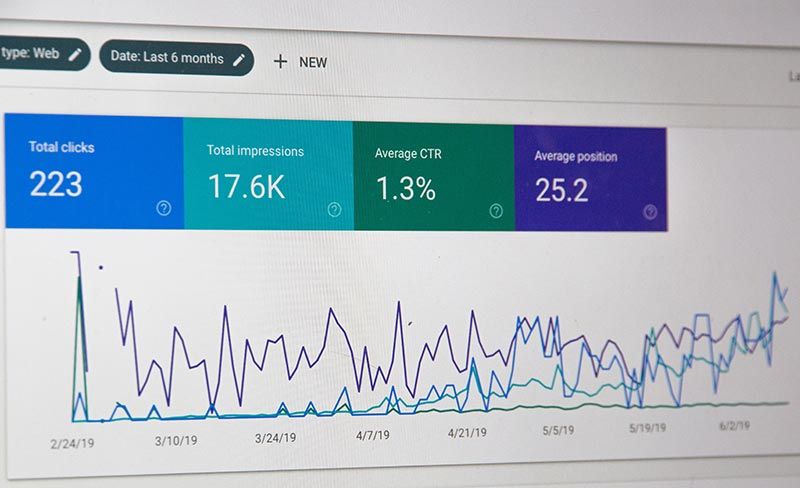What is UX Microcopy?
Small words and sentences that appear on a website, an app, or a product are UX microcopy.
It could be an error message or even the pop-up menu’s links. Captioning, buttons, loading, or error pages are all possibilities. Cookies are used by the website, even if it just informs you so in a little text message. The formal definition of a UX microcopy would be that. Because of its ability to motivate, inspire, and empower its readers, a good microcopy is what it is. A good microcopy makes a difference and influences the wider context in the long run.
UX Microcopy Writing Best Practices.
The phrase “microcopy” has been making the rounds recently. We can see that microcopy is not a fleeting web design trend but a technique that is here to stay with the advent of UX authoring in the IT industry. You may use these guidelines, regardless of whether you’re working with a professional copywriting to develop a high-quality UX microcopy
Align With Your Brand Identity
Create content for your website only after you have a clear picture of your brand’s identity. A consistent voice is easier to maintain when you use this method to define it in the first place. First, think about how you want your users to feel, and afterward, figure out what traits you should utilize to achieve that.
Try To Make It More Conversational.
Interfaces are no longer robotic and chilly these days. They’re a lot more focused on people. The proper use of website color schemes, animations, and other visual assets can help achieve this, but microcopy can also play a role.

You’re writing for people, so remember that. Even if you’re behind a screen, imagine yourself removing it and talking to your consumers in person. The terminology you’d use isn’t going to be stuffy or technical. For this, you’d use a more conversational tone to convey the facts. And microcopy should be the same way.
Be Concise and Clear to The Point.
Short microcopy should be used instead of long-form material like a blog entry. It should be as precise and concise as feasible yet avoid seeming overly official or stoic.
Be Helpful
It’s important to remember that strong UX website design and effective microcopy go together. The language on your 404 page and the menu labels on your website should all assist consumers in advance in their current work, not lead them to a dead end. Your website’s navigation will be substantially improved due to this attention to detail.
Test It Out!
Testing your microcopy with users is just like testing any other aspect of UX. This will assist you in gauging its clarity and ensuring that it connects with your audience. If a piece of content works well for you and your team, it doesn’t imply it will work for all your customers! Don’t be afraid to iterate and try again. Writing a microcopy that works effectively for a wide range of people in several contexts requires that you write inclusively and undertake inclusive UX research.









